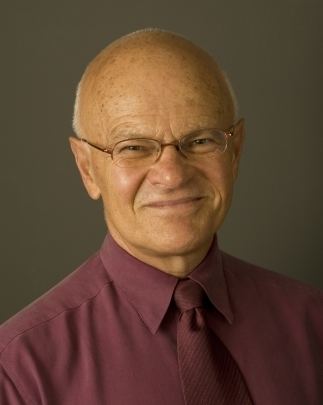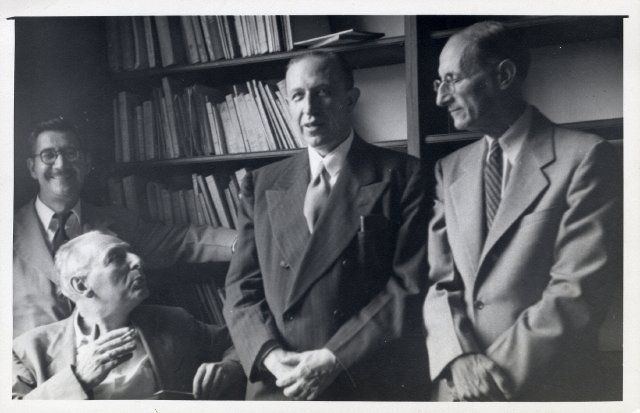Name Leo Spitzer | Role Author | |
 | ||
Books Ghosts of Home: The Afterlife of, Hotel Bolivia, Lives in Between, Linguistics and Literary H, Essays on English and Amer Similar People Marianne Hirsch, Mieke Bal, Angela Bianchini, Cesare Segre | ||
Marianne hirsch and leo spitzer ghosts of home
Leo Spitzer ( [ˈʃpɪtsɐ]; 7 February 1887 in Vienna, Austria-Hungary – 16 September 1960 in Forte dei Marmi, Italy) was an Austrian Romanist and Hispanist, and an influential and prolific literary critic. He was known for his emphasis on stylistics.
Contents
- Marianne hirsch and leo spitzer ghosts of home
- Marianne Hirsch Leo Spitzer Ghosts of Home The Afterlife of Czernowitz in Jewish History
- Selected works
- References

Spitzer was a doctoral student of Wilhelm Meyer-Lübke, receiving his doctorate in 1910. He was a professor of the University of Marburg in 1925, at the University of Cologne in 1930. He left Nazi Germany in 1933, moving to Istanbul. From there he went to Johns Hopkins University in 1936 (succeeding the chair in Romance philology left vacant with the death of David S. Blondheim in 1934), where he remained for the rest of his life.

According to René Wellek and Austin Warren:
Leo Spitzer early applied [parallelism of linguistic traits and content-elements] by investigating the recurrence of such motifs as blood and wounds in the writings of Henri Barbusse [...]. Later, Spitzer has tried to establish the connexion between recurrent stylistic traits and the psychology of the author, e.g. he connected the repetitive style of Péguy with his Bergsonism, and the style of Jules Romains with his Unanimism.

